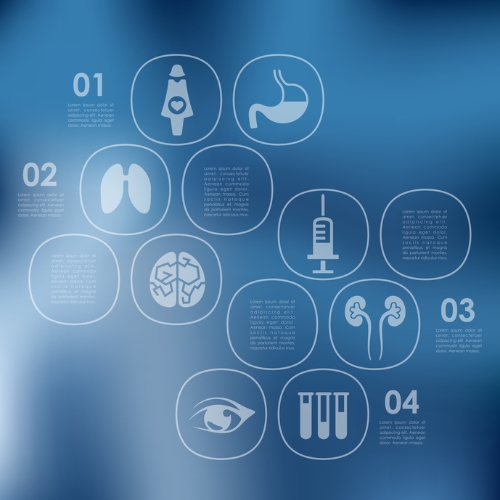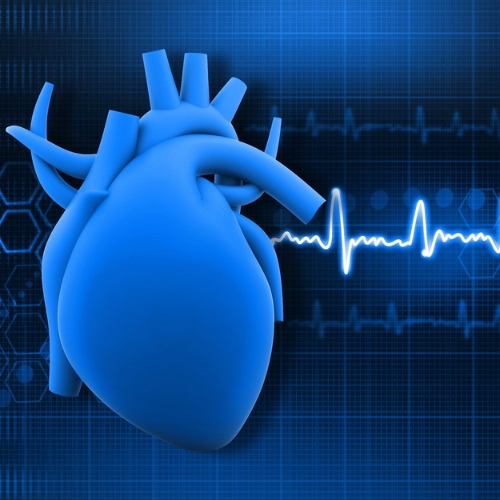Key points from article :
When Hoxb13 was shut off in adult mouse hearts, their cell division had a brief resurgence.
That is enough to prevent progressive deterioration after an induced heart attack.
When genes for Meis1, Hoxb13 were deleted, heart cells reverted to an earlier stage in development.
After an induced heart attack, mice had rapid improvement in amount of blood each beat could expel.
Their heart function had almost returned to normal.
Clear evidence that Meis1 and Hoxb13 work together to stop heart cell division in days after birth.
Experiments suggest that calcineurin regulates these proteins.
It plays a key role in a variety of conditions such as rheumatic arthritis, diabetes, etc.
Researchers may eventually be able to develop strategies to restart heart cell division.
Through a single drug or combinations that target any part of this regulatory pathway.
Research by UT Southwestern Medical Center scientists, published in Nature.






